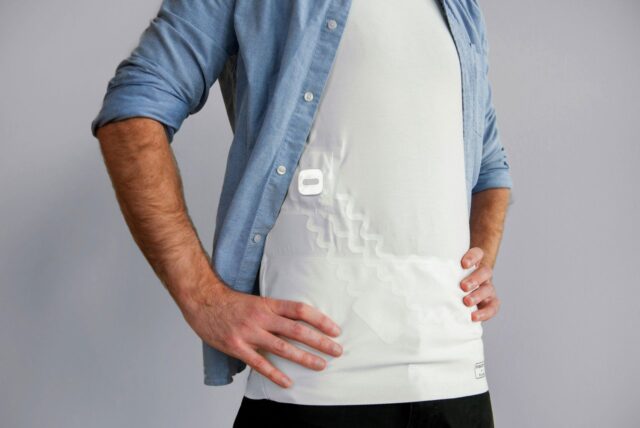The world of fashion doesn’t get its fair share of credit. Clothes do so much more than just cover our bodies and indicate cultures/styles. They help regulate our inner temperature, armors help protect against harm, camo-wear helps reduce visibility, safety vests help increase visibility, sports clothing boost your physical abilities, the list goes on… and in the near future, the clothes you wear may be able to prematurely detect and prevent heart attacks.
The Viscero vest by Ireland-based Design Partners is a wearable ECG device that looks like the iconic plain white tee shirt. Designed to do away with those incredibly clunky Holter monitors (that can often increase patient discomfort), the Viscero is simply a white vest you wear underneath your clothing. Unlike the Holter which involves sticking ‘wet’ electrodes to your body and having them connected to a walkie-talkie-sized device that’s perpetually strapped to your chest, Viscero is as easy and freeing as wearing any t-shirt or garment. The body-hugging vest comes with dry electrodes integrated into the tee shirt’s design, placed at strategic points to accurately capture medical data, while the data itself is sent to a compact smart wearable device that attaches to the side of the tee, right above the pocket.
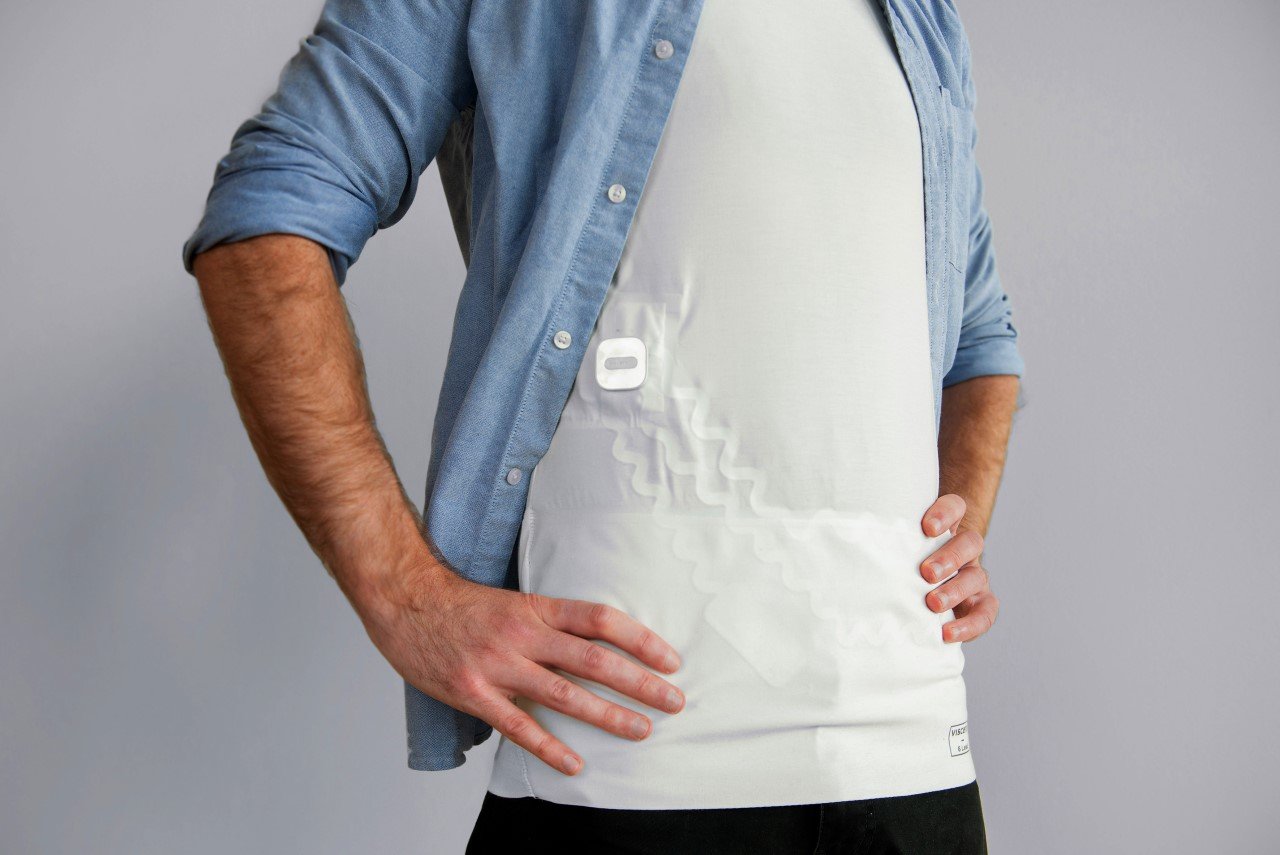
An arrhythmia is an abnormal heartbeat that can be harmless or life-threatening. The most common type is atrial fibrillation (AFib), where the upper heart chambers contract irregularly, increasing the likelihood of blood clots, stroke, heart failure, and other heart-related complications. According to the CDC, it’s estimated that by 2030 as many as 12.1 million people in the United States will annually have AFib.
Detecting Afib isn’t particularly swift or easy either. Unlike an ECG, which just captures data over a short window, checking for Afib requires gathering hours or even days’ worth of heart behavior to check for anomalies. The Apple Watch, which can perform basic ECGs, isn’t designed to continuously check for Afib, which means its accuracy rate falls to around 34% in most adults, according to research. Doctors commonly rely on Holter monitors for shorter monitoring windows (roughly 24 hours), or on invasive methods like implantable loop recorders (ILRs) for long-term capturing. While the Holter seems like the most convenient option, a traditional Holter is uncomfortable to wear and inhibits natural movement, often making the data it collects unrepresentative and unhelpful. This led to Design Partners asking themselves, “How might we create an accurate, unintrusive, and non-invasive solution that could monitor you for weeks or even months?”

Viscero’s biggest innovation is the fact that it contains a carefully designed ECG circuit system right into the fabric. The tee uses a series of dry electrodes that are positioned away from the chest to more peripheral locations while maintaining consistent compression points. This allows the Viscero to sit on your torso as comfortably as a tee would, while in fact, being a medical-grade, 6-lead ECG monitoring system. “Now you can run for the bus, walk your dog, hug your children and unwind on the sofa, without giving Viscero a second thought”, say the team at Design Partners.
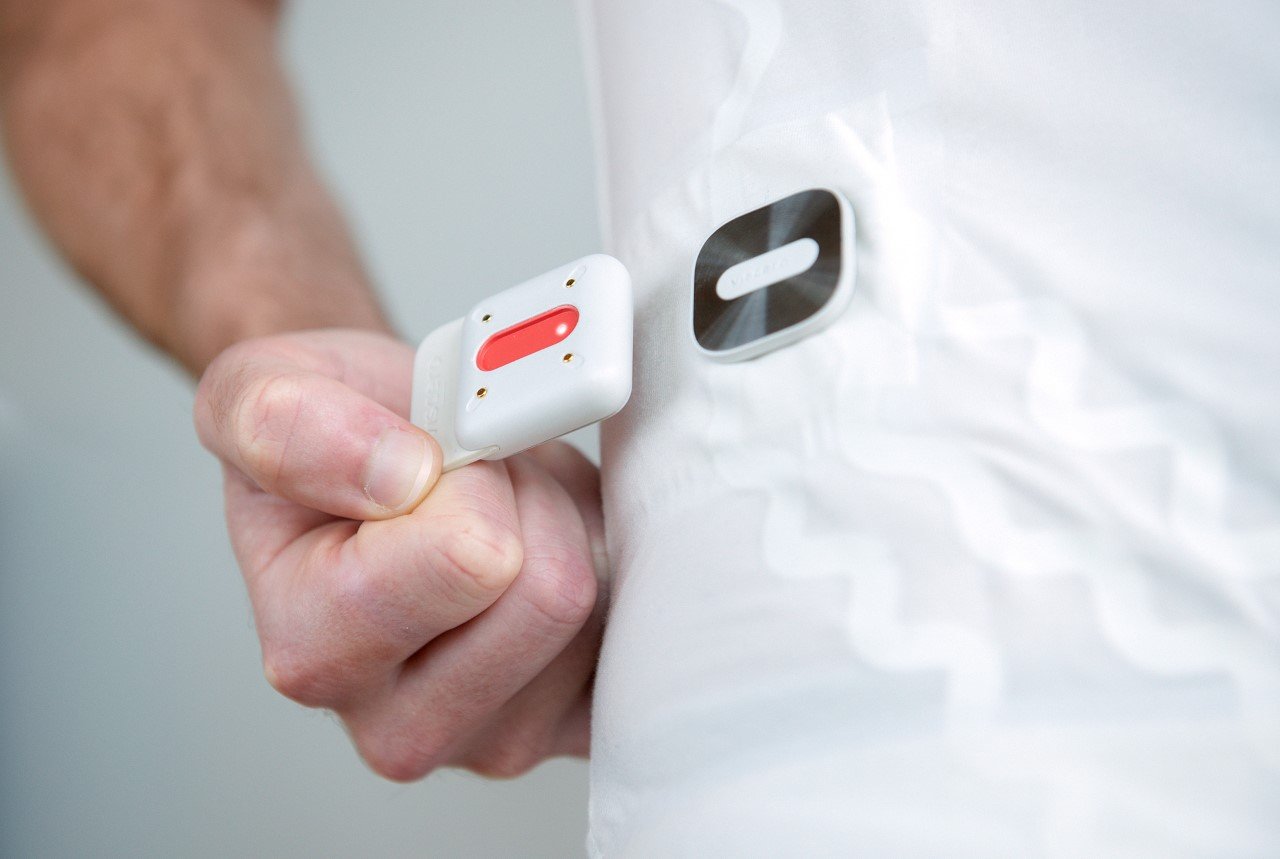
Heart rate signals are captured via printed electrodes, situated beneath tailored compression points in the arms and waist. These maintain electrical contact between the garment and the skin, to ensure continuous, accurate data monitoring. The “brain” of the device, meanwhile, is a small, matchbox-sized wearable that has been specifically designed to sit in a small pocket on the shirt to enable further discretion. This can be easily removed for charging or washing.
Inside this tiny wearable is an onboard accelerometer and gyroscope, which provides extra metadata along with the recorded heart signals to present the clinician with a fuller picture of the circumstances surrounding specific events, such as a change in heart rate due to exercise, climbing stairs, etc.

“Separating the electronic and fabric elements allows for a more affordable, conventional textile printing process”, said Cormac Ó Conaire, Chief Design Officer at Design Partners. “The printed electronics can last approximately 30 wash cycles, which is far better than conventional electrodes. When the vest eventually needs to be replaced, the brain can simply be transferred to the new garment.”


Data collected by the Viscero tee gets shared with both the patient as well as the clinician. A smartphone app makes it easy for the patient to access and understand the data and correspondingly, their own body… while the doctor benefits from having comprehensive information to form an accurate diagnosis. Design Partners mentioned that leading cardiologists have described the signal quality of Viscero’s ECG waveforms as “diagnostic quality data” and Viscero has the potential to drive a more connected and positive healthcare experience for both doctors and patients alike.
What the Viscero does is quite literally ground-breaking, although it isn’t the first instance of having sensors woven into garments. Google’s own project Jacquard (and a collaboration with Levis) aimed at turning clothes into wearables that could control tech devices like being able to answer calls, play/pause music, while the BMW Motorrad Concept Link scooter also floated the idea of having a special connected jacket that allowed the rider to control aspects of the scooter like opening or closing its cargo door. KnitX, a project by a student at the MIT Media Lab aimed at exploring fabrics that could respond to stimuli. A finalist at the Lexus Design Award, KnitX demonstrated the potential of having clothes that could respond to temperature, touch, and even light, and subsequently transform in color or shape!
Designer: Design Partners
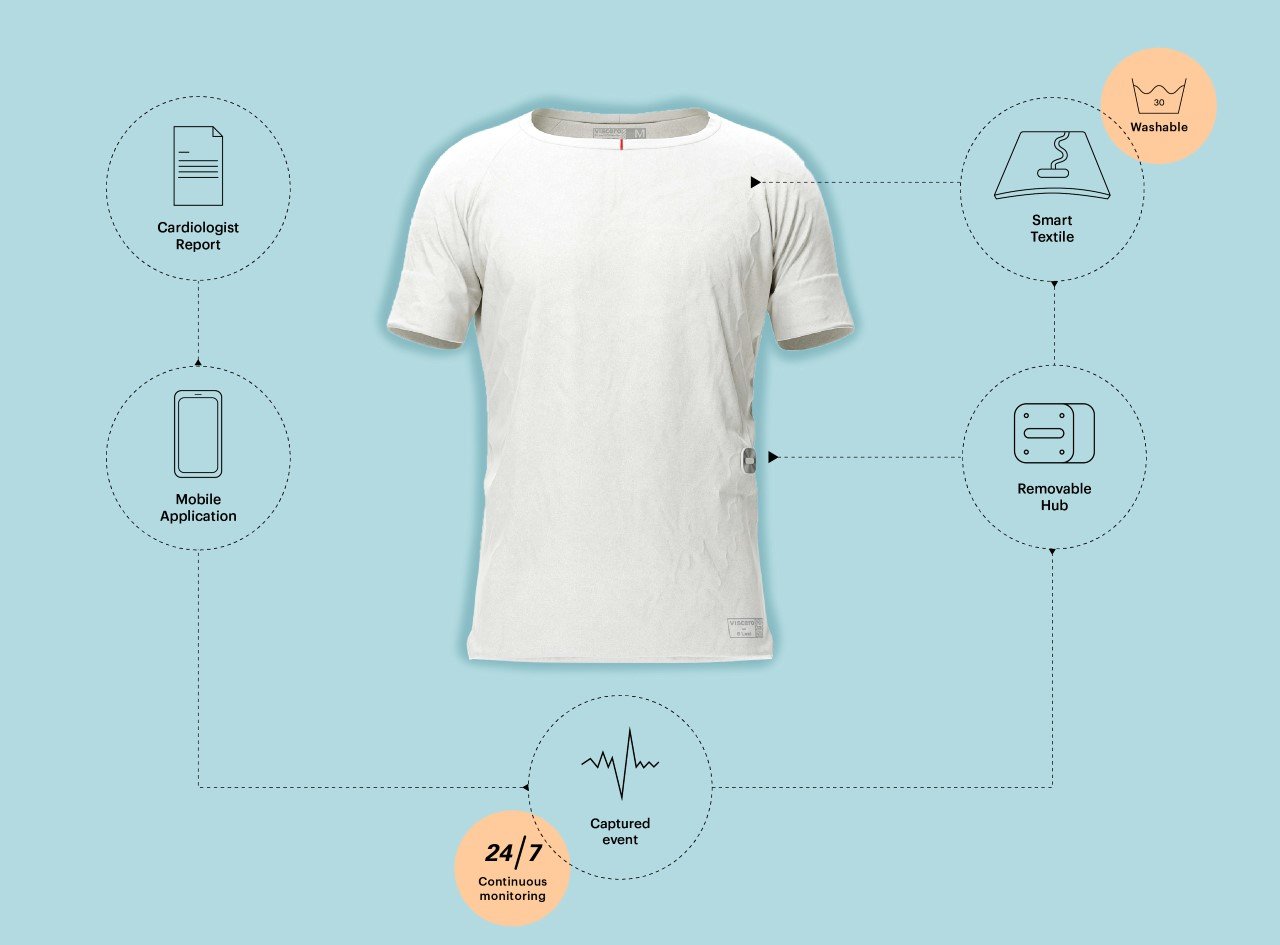

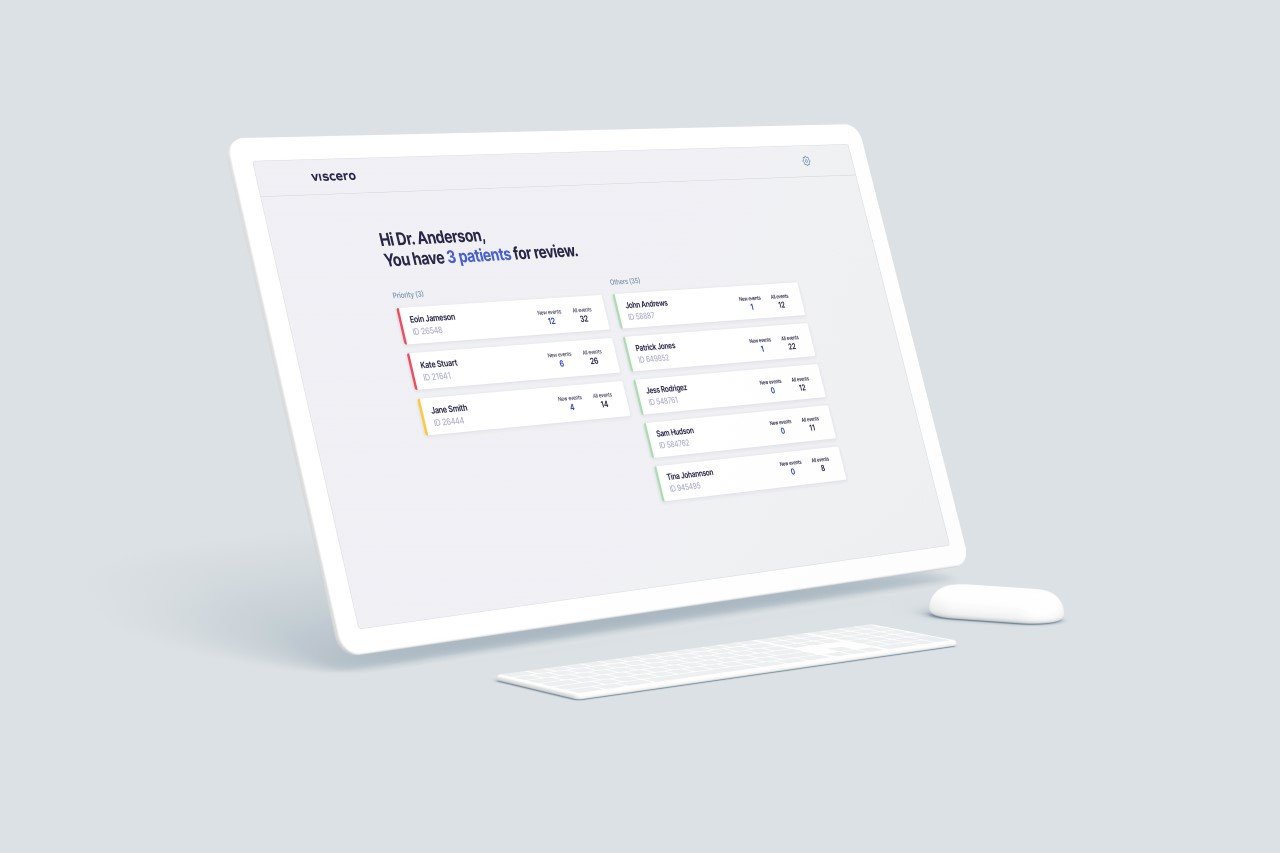
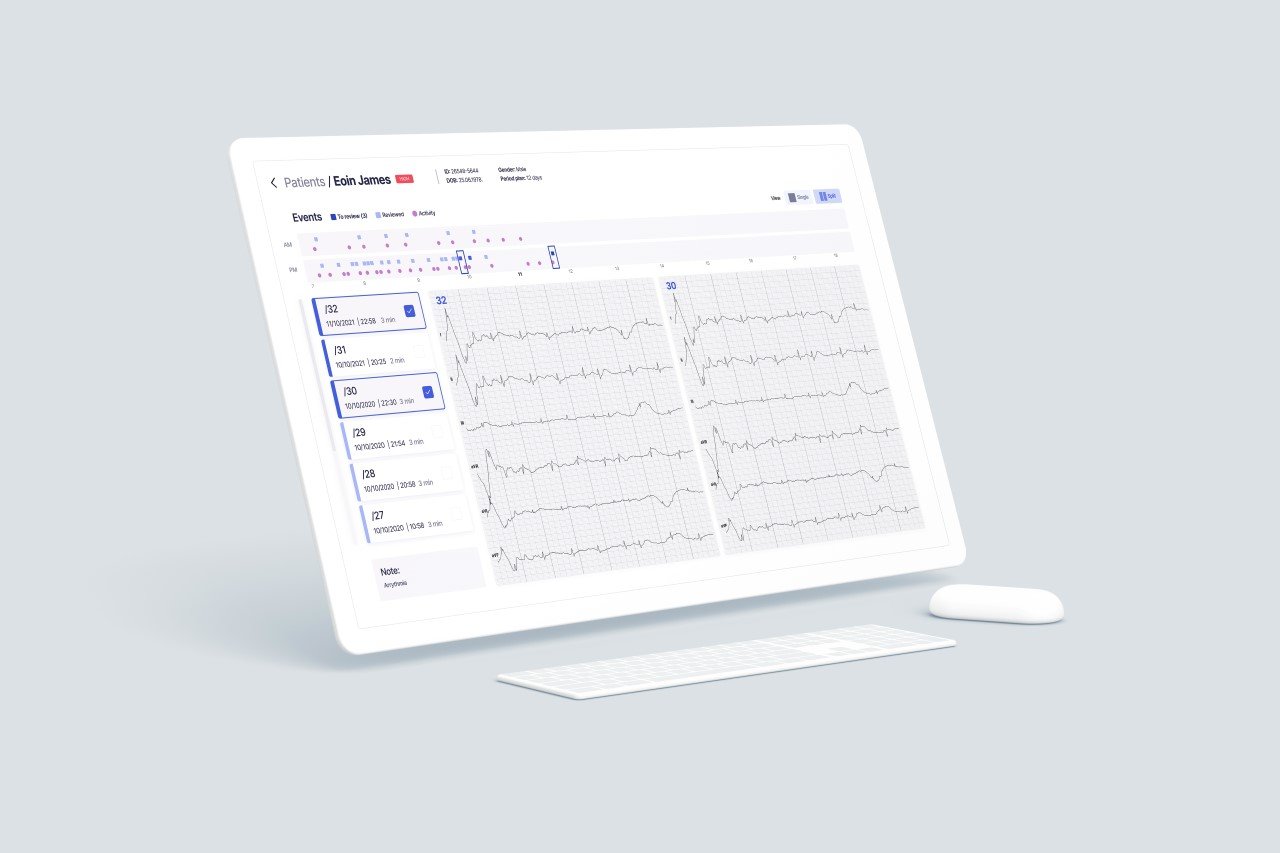
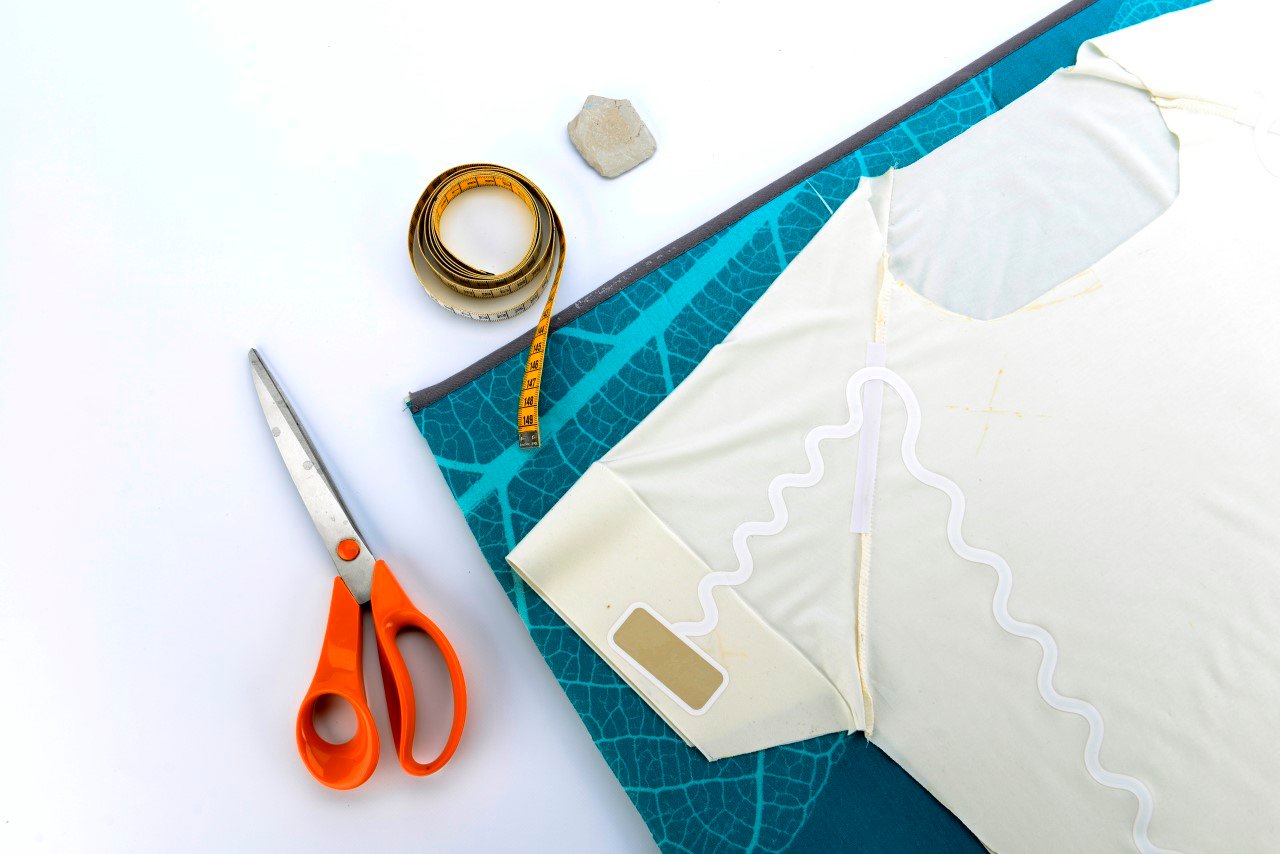
![]()

